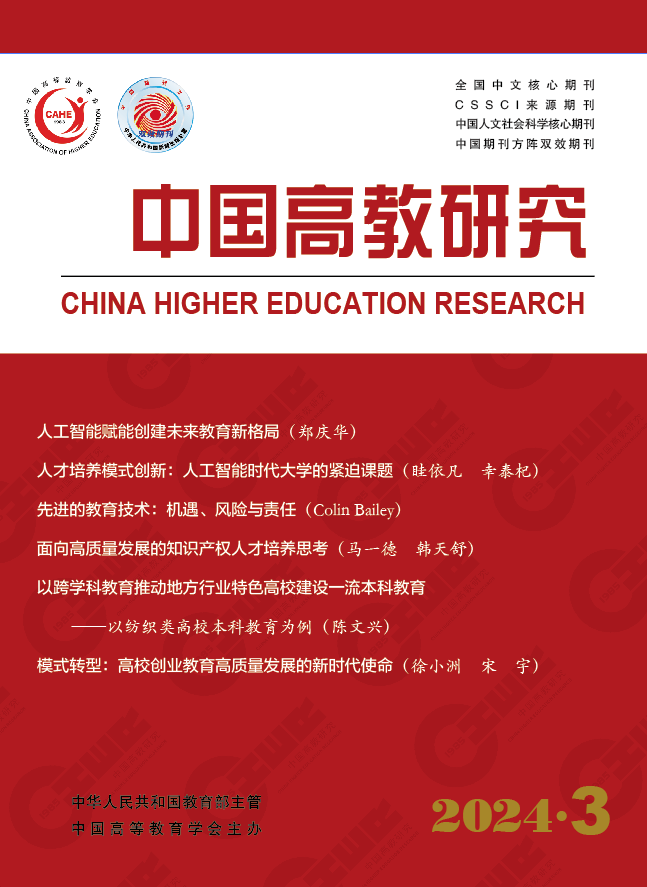Research and Exploration
XU Xiaozhou; SONG Yu
Currently, entrepreneurship education in higher institutions is divided mainly into three modes, namely popularized, elite and supplementary, each of which has different targets, contents and functions. Since the 21st century, these three modes have made great progress respectively, and are also faced with the challenges of high-quality development, which are the problems including those knowledge-based entrepreneurship fails to meet the development needs of the innovative economy, entrepreneurship literacy training hasn’t yet been given high priority, and the synergy of the entrepreneurship education system needs to be enhanced. According to the new needs and the entrepreneurship education rule, it is essential for entrepreneurship education in higher institution to realize the transition from scale expansion to quality orientation, and play an active role in comprehensively promoting the modernization of society and human beings. On ideas and goals orientation, the entrepreneurship education should emphasize its humanistic value, advocate its diversification of value goals, and cultivate its quality culture. On system and mechanism innovation, it should build an ecological entrepreneurship education cooperation network, an education collaboration system centered on knowledge entrepreneurship, and a lifelong entrepreneurship education system. On training mode reconstruction, it should focus on improving the faculty entrepreneurial literacy, establishing a diversified entrepreneurship curriculum system and promoting integrated teaching reform.
